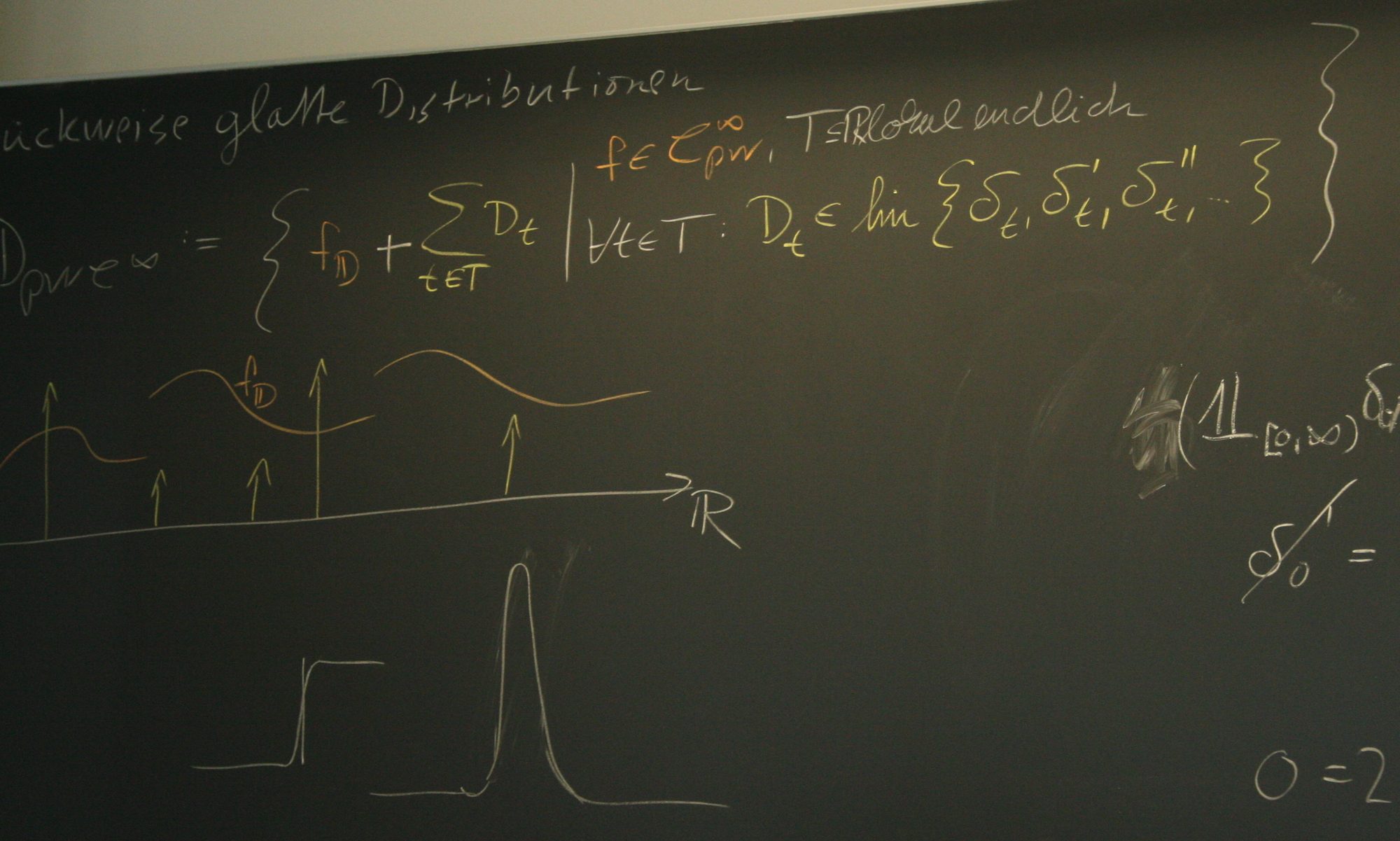Sutrisno,; Thuan, Do Duc; Ha, Phi; Munadi,; Trenn, Stephan Discrete-time switched descriptor systems: How to solve them? Unpublished 2025, (submitted). @unpublished{SutrThua25pp,We study the solution theory of singular linear switched systems with inputs (also known as switched descriptor systems). These systems are highly relevant in many applications; in particular, in economics the well known dynamic Leontief model with changing coefficient matrices falls into this class. Theorem 5.1 in the paper by Anh et al. (2019) stated that if a singular linear switched system is jointly index-1 then there exists an explicit surrogate switched system having identical solution behavior for all switching signals. However, it was not clear yet whether the jointly index-1 condition is a necessary and sufficient condition for the existence and uniqueness of a solution. Furthermore, it was also not clear what conditions are actually required to guarantee existence and uniqueness of solutions for particular switching signals only. In this article, we provide necessary and sufficient conditions for existence and uniqueness of solutions for singular linear switched systems with respect to fixed switching signals (both mode sequences and switching times are fixed), fixed mode sequences (switching times are arbitrary), and arbitrary switching signals (both mode sequences and switching times are arbitrary). In all three cases we provide an explicit surrogate system with the same solution set; our approach improves the results presented in Anh et al. (2019) as the coefficient matrices describing the transition from x(k) to x(k+1) only depend on original system matrices at time k and k+1 and not on k-1 as in Anh et al. (2019). We illustrate the theoreticals findings with the dynamic Leontief model and investigate the solvability properties of discretizations of continuous-time singular systems. |
Trenn, Stephan; Sutrisno,; Thuan, Do Duc; Ha, Phi Model reduction of singular switched systems in discrete time Unpublished 2024, (submitted). @unpublished{TrenSutr24pp,Based on our recently established solution characterization of switched singular descriptor systems in discrete time, we propose a time-varying balanced truncation method. For that we consider the switched system on a finite time interval and define corresponding time-varying reachability and observability Gramians. We then show that these capture essential quantitative information about reachable and observable state directions. Based on these Gramians we formulate a time-varying balanced truncation method resulting in a fully-time varying linear system with possible varying state dimensions. We illustrate this method with a small dynamic Leontief model, where we can reduce the size to one third without altering the input-output behavior significantly. We also show that the method is suitable for a medium size random descriptor system (100 x100) resulting in a time-varying system of less then a tenth of the size where the outputs of the original and reduced system are indistinguishable. |
Wijnbergen, Paul; Trenn, Stephan Impulse-free linear quadratic optimal control of switched differential algebraic equations Unpublished 2024, (provisionally accepted in "Communications in Optimization Theory"). @unpublished{WijnTren24pp,In this paper the finite horizon linear quadratic regulator (LQR) problem for switched linear differential algebraic equations is studied. It is shown that for switched DAEs with a switching signal that induces locally finitely many switches, the problem can be solved by recursively solving several LQR problems for non-switched DAE. First, it is shown how to solve the non-switched problems for index-1 DAEs followed by an extension of the results to higher index DAEs. The resulting optimal control can be computed based on the solution of a Riccati differential equation expressed in terms of the differential system matrices. The paper concludes with the extension of the results to the LQR problem for general switched DAEs. |
Yin, Hao; Jayawardhana, Bayu; Trenn, Stephan Contraction analysis of time-varying DAE systems via auxiliary ODE systems Unpublished 2023, (conditionally accepted at TAC). @unpublished{YinJaya23ppa, |
Submitted
Discrete-time switched descriptor systems: How to solve them? Unpublished 2025, (submitted). |
Model reduction of singular switched systems in discrete time Unpublished 2024, (submitted). |
Impulse-free linear quadratic optimal control of switched differential algebraic equations Unpublished 2024, (provisionally accepted in "Communications in Optimization Theory"). |
Contraction analysis of time-varying DAE systems via auxiliary ODE systems Unpublished 2023, (conditionally accepted at TAC). |

